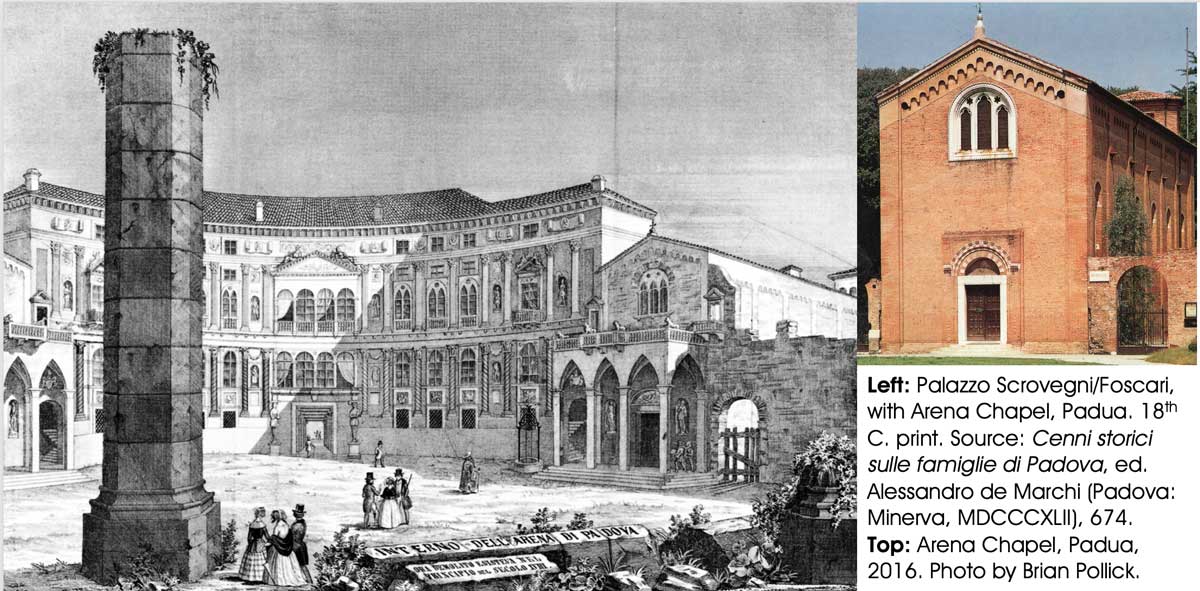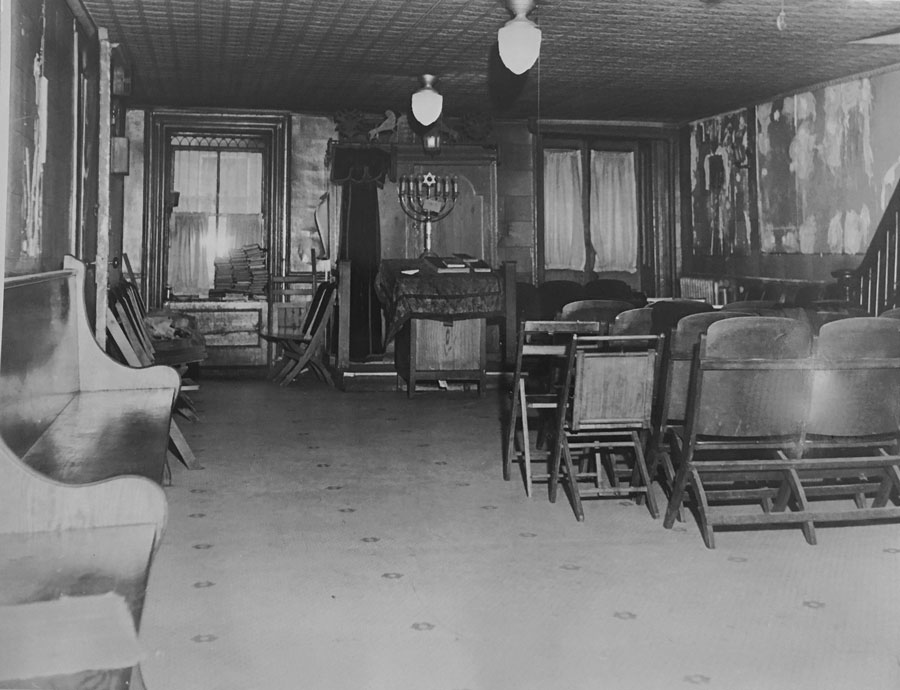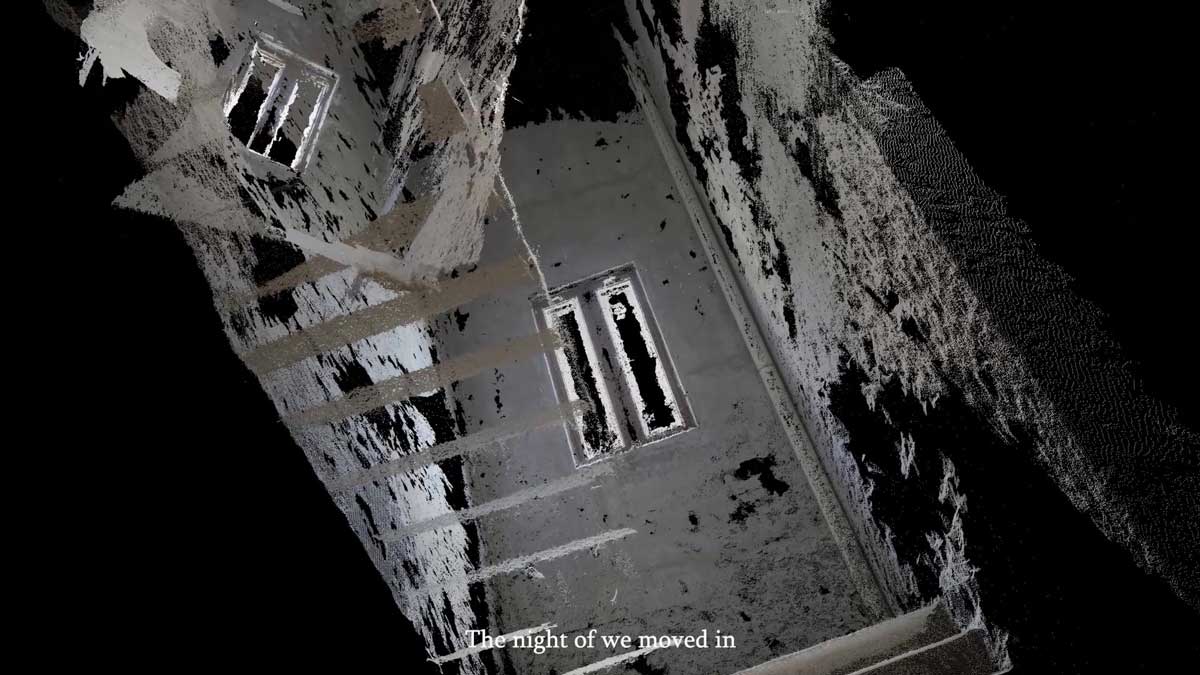C.4 Placemaking and Materiality in the Domestic Interior, Part 1
Fri Oct 16 / 9:00 – 10:30
voice_chat expiredchairs /
- Erin J. Campbell, University of Victoria
- Olivier Vallerand, Arizona State University
Places, as sites of identity and memory, are felt, perceived, understood, interpreted, narrated, and imagined. They are embodied experiences, created through the intertwining of the material and the social. Placemaking refers to the people and things, practices and representations, meanings and values that transform space into place. While placemaking strives to create a collective understanding of place, the meaning of place is malleable, may change over time, can vary according to age, gender, race, and social status, and is subject to contestation. We welcome proposals examining how art, craft, objects, and materiality contribute to the processes of – and resistances to – placemaking in the domestic interior, including ‘home-like’ spaces such as residential schools, seniors’ care-homes, college dorms, and makeshift homes resulting from homelessness, migration, and refuge. How can research focused on the relation between materiality and social space deepen our understanding of the ‘spatial turn’ in the social sciences and humanities?
Erin J. Campbell holds a PhD in Art History from the University of Toronto and is Professor of Early Modern European Art in the Department of Art History & Visual Studies, University of Victoria. She has won awards for research and teaching, including the William Nelson Prize for the best article published in Renaissance Quarterly in 2010 and the Faculty of Fine Arts Award for Teaching Excellence. She has received significant support from the Social Sciences and Humanities Research Council. Her research interests focus on the Early Modern domestic interior. Her publications appear in journals and essay collections, including the Journal of Art Historiography, Sixteenth Century Journal, Word & Image, Renaissance Quarterly, The Cultural Aesthetics of Eighteenth-Century Porcelain, To Have and To Hold: Marriage in Premodern Europe 1200–1700, and Design and Agency: Critical Perspectives on Identities, Histories, Practices. She is also editor and contributing author of Growing Old in Early Modern Europe: Cultural Representations (Ashgate, 2006), co-editor and contributing author of The Early Modern Italian Domestic Interior: People, Objects, Domesticities (Ashgate, 2013), and co-editor of A Cultural History of Furniture, v. II, The Middle Ages and Renaissance, 500-1500. Old Women and Art in the Early Modern Italian Domestic Interior, was published by Ashgate in 2015. Her current SSHRC-supported project is Art and the Stages of Life in the Early Modern Italian Domestic Interior.
Olivier Vallerand is a community activist, architect, historian, and assistant professor at The Design School at Arizona State University. He holds a PhD in Architecture from McGill University and as completed post-doctoral research at the University of California, Berkeley. His research focuses on self-identifications and their relation to the use and design of the built environment, on queer and feminist approaches to design education, and on alternative practices of architecture and design. His monograph Unplanned Visitors: Queering the Ethics and Aesthetics of Domestic Space (2020) discusses the emergence of queer theory in architectural discourse. His research has been published in the Journal of Architectural Education, Interiors: Design | Architecture | Culture, Inter art actuel, The Educational Forum, The Plan, Captures, and in the edited volumes Sexuality (Whitechapel Documents of Contemporary Art) and Making Men, Making History: Canadian Masculinities across Time and Place. He also regularly writes for Canadian Architect.

C.4.1 Moral Placemaking in the Palazzo Scrovegni: The Role of the Arena Chapel Frescoes
Brian A. Pollick, University of Victoria
One of the roles of imagery in the domestic interior of fourteenth century merchant palazzi was to transform neutral space into value-infused place through helping to structure the interactions of people and things, practices and representations. These dynamics, so vital to merchant culture, fostered a place where the Christian moral identity of the householder was felt, perceived, performed, imagined, remembered, and practiced continuously. The net effect was to deliberately transform the spaces of the domestic interior into morally charged places, that consequently served the temporal and spiritual interests of the owner(s). In this presentation I will examine how domestic space was transformed into moral place through a fresh look at some of Giotto's frescoes (1303-1305) in the Arena Chapel, Padua, commissioned by its owner, Enrico Scrovegni. The Chapel was adjoined to the house and I argue that one of the fresco's functions was to perform morality in a way that extended the moral environment of the Chapel to the Scrovegni residence, thereby creating a single, unified moral place.
Some recent scholarship has recognized that the content and placement of some of the frescoes likely imparted certain messages to those visitors using the restricted doorway leading to the house. But there has yet to be a detailed look at what these messages actually were in the context of a more nuanced interpretation of their spatial dimension, and how they enacted their moral placemaking function. In particular, four of the fresco panels perform hospitality, a fundamental Christian moral practice that was largely enacted within the late-medieval domestic interior. I will show that the merging of the domestic with the devotional through the performance of hospitality in the frescoes transformed the home into a moral place, fashioning Enrico Scrovegni as a moral Christian householder and host, thereby serving his overarching eschatalogical objective–a speedy passage through Purgatory.
Brian A. Pollick is a PhD candidate in the Art History and Visual Studies Department at the University of Victoria. His dissertation looks at how the imagery commissioned by merchants in Trecento Italy was used to broadcast their Christian moral identity and to serve their eschatological aspirations. Brian’s previous careers, spanning almost half a century, include teaching and various senior management positions in the justice field. Brian received a B.A. from York University (1967) and an M.A. in Art History from the University of Victoria (2011). He is the recipient of several awards including a SSHRC Bombardier Fellowship. Brian has presented papers at numerous conferences in Canada and the United States and has had two peer-reviewed articles published in ARTiculate. He is currently the chief editor for the next issue of Illumine, the Centre for Studies in Religion and Society graduate student journal.

An improvised temple space at the Hebrew Home of Harlem's residential brownstone. Image courtesy: the Derfner Judaica Museum.
C.4.2 A Home Recycled: Preserving Place at the Hebrew Home for the Aged of Harlem
Willa Granger, University of Texas at Austin
Nursing homes, as their appellation suggests, have juggled the dual imperatives of “home” and “institution” since their creation. Notions of home naturally entail a positive sense of place, yet cultural perceptions of nursing homes as sterile repositories for the old have dogged eldercare for decades; such impressions are often entrapped in the built environment: the scale, materiality, and look of the “home for the aged,” as they were once known. Sociologist Erving Goffman popularized this idea with his 1961 theory of the “Total Institution,” conceptualized alongside regulation and reportage that sought to redress the plight of senior citizens in the United States. Despite the intransigence of this image, architectural and social history reveal the heterogeneity and intimacy of pre-World War II homes for the aged, organized to serve diverse communities and housed in structures ranging from repurposed brownstones to monumental campuses, thereby complicating the perennial tension between home and institution and the potentiality for material culture to supply one or the other. While accepting the impossibility of constructing a true “home” for seniors, this paper examines how one facility, the Hebrew Home of Harlem (1918), deployed a grassroots building culture to purchase, repurpose, and outfit conjoined brownstones in service of elderly Eastern European migrants. Out of financial necessity, the Hebrew Home labored to make the interiors of a literal home fit the functional rigors of an institution, all while remaining committed to the place of Harlem’s orthodox Jewish milieu. The Hebrew Home suggests how “successful” placemaking in a senior facility catering to Jewish immigrants had less to do with purposeful design interventions but rather material efforts to preserve community, neighborhood, and faith; as a recycled space predicated on boot-strapping volunteerism, the Hebrew Home of Harlem, paradoxically, managed to achieve what newer and wealthier senior facilities failed to do: keeping older adults in an actual home.
Willa Granger is a doctoral candidate in Architectural History at the University of Texas at Austin. With an undergraduate degree in Urban Studies and a methodological interest in cultural landscape and vernacular fieldwork, her research filters urban and built environment history through the lens of spatial justice, advocating specifically for a broadened interest in age as a category of historical and social analysis. She is currently writing her dissertation, an architectural history of the “home for the aged” within the United States.
C.4.3 Spoken Softly with Mama: Intersectionality and Black Women’s Spaces in Cuba
David C. Hart, Cleveland Institute of Art
In the 1980s and 1990s many artists employed strategies drawn from post-1960s artistic practices, particularly conceptual and installation art, as well as the critical discourses that informed post-colonialism and feminism, in order to create art works that questioned the histories and visual vocabularies associated with human identities, the forms that represent them, and the spaces they occupy. One such artist, María Magdalena Campos-Pons (b. 1959), an Afro-Cuban multimedia artist born and educated in Cuba who lives in Boston, created in the late 1990s a series of three complex multimedia installation art works titled The History of People Who Were Not Heroes. Exhibited in museums and art galleries in North America and Europe, these works function as conceptual monuments that bring attention to the exclusion of poor, Black Cubans – including slaves that were the artist’s ancestors – currently and in the past from public monuments and historical narratives. Campos-Pons’ installations also engage and problematize notions of fixed national, racial, and gender identity through the employment of forms, materials, performances, and concepts drawn from a range of cultural sources and practices including collective memory, Cuban national history, popular culture, contemporary Western art practices and Santería, the Afro-Cuban religion derived from West African and Roman Catholic belief systems. This paper uncovers how Campos-Pons’ installations are not only a critique of history’s exclusions but also resist the polarized construct of the domestic interior as feminine and public space as masculine. In Spoken Softly with Mama (1997, collection: National Gallery of Canada), the second installation in the series, the artist appropriated and refashioned objects (irons, ironing boards, and textiles) and practices (through video and sound) of Black women’s domestic labor to in Cuba revealing how race is integral to any intersectional analysis of Cuban domestic spaces.
David C. Hart, Ph.D. is an Associate Professor of Art History at the Cleveland Institute of Art where he has taught since 2003. He received master’s and doctorate degrees in art history from the University of North Carolina at Chapel Hill. His research focuses on cultural exchange and mixture in the Black Atlantic and modern and contemporary art including contemporary Cuban art that informed his dissertation Memory and the Installation Art of María Magdalena Campos-Pons (2005). He has curated and authored catalogue essays for several exhibitions including Inside/Outside: Contemporary Cuban Art (Wake Forest University, 2003) and The Art of Exchange: Contemporary Cuban Art in Cleveland (Cleveland Institute of Art, 2017). David is the author of articles on the intersection of art and identity in several encyclopedias including the Encyclopedia of Race and Racism (2013) and is currently researching the work and career of abstract painter Alma W. Thomas.

Qirou Yang, How to Be Satiated in the Dark (2020), Video Still, 9min 32s.
C.4.4 A Reimagination of the Digitally Fabricated Homeland
Qirou Yang, Multimedia Artist
Ghost town is a geographical phenomenon where houses of a developmental zone are being built more than demanded. The existing abandoned structures form a bubble of no man’s land that resembles a ghastly area. In 2017, my family moved into a new house inside a villa section which contains 48 more houses. It was located in our hometown Donghai, in Southern China. By the time we moved in, those other houses were all vacant for years. Donghai, a small rural town where I was born, is a place that I am deeply attached to even after migrating abroad for eight years. Though, the neighboring empty houses constantly brought alienation to my sense of connection and belonging toward Donghai. Placemaking, known as enriching human’s embodied architectural phenomenology experience, is one of the constitutions of our identity. Yet, the built environment hardily fulfils the human need of “letting dwell”. How do we understand the connection between multifaceted architectural materialities in our birth place and our renewed perceptual experience within them?
This paper proposes the exploration of how the placemaking of the ghost town could defamiliarize homes as fragile and “unhomely” habitations. Meanwhile, it examines the process of digitally fabricating architectural materials of my provenance, which has reshaped my place-identity. In the panel, I will deliver my MFA research project and thesis paper. It is a docufictional animation that traces my dream, familial anecdotes, and fragmented childhood memories. It compares the engulfing experiences at my “original shell” versus the new house that I moved in at that ghostly villa. My thesis paper analyzes the theoretical literature related to the socio-historical context during the Chinese Economic Reform, which sheds light on the ghost town phenomenon in China, the context of rural urbanization of my hometown, and finally, discourses on the uncanny and Architectural Phenomenology.
Qirou Yang is a Toronto based multimedia artist who originally came from southern China. Her art practices are research-based and process-oriented. They are mostly driven by tracing her personal memory and self-perception. Her work aligns with the metaphoric narratives and explores the contradictions between the living environment and its societal context. Graduated from Photography (BFA) at OCAD University and Documentary Media (MFA) at Ryerson University, she has been gradually introducing photogrammetry, SFX, and 3D animation into her lexicon.



